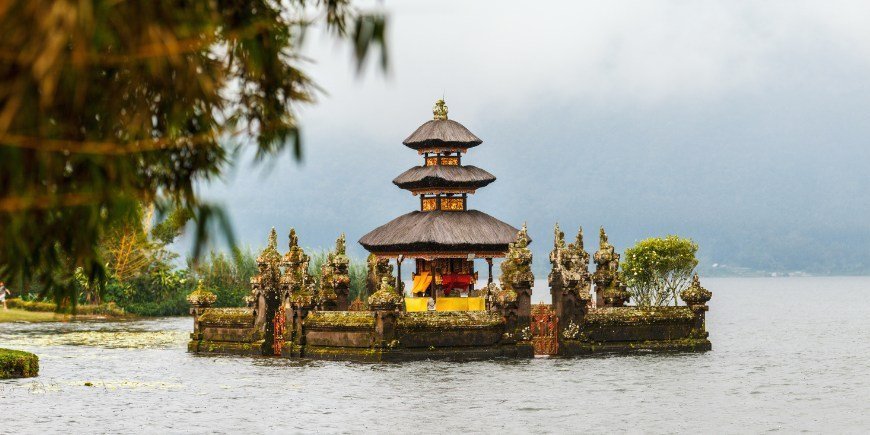- Home
-
Our tours
- Our tours
- Africa
- Asia
- Latin America
- North America
- Oceania
- Holiday types
-
Accommodation
- Accommodation
- Africa
- Asia
- Latin America
- North America
- Oceania
-
Practical info
- Practical info
- Africa
- Asia
- Latin America
- North America
- Oceania
- Info & Contact
- Blog
Why you should travel in the off-season
25.06.2023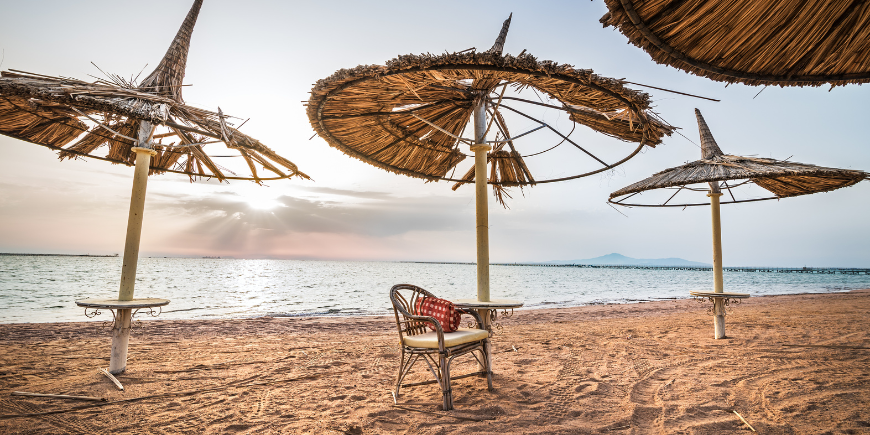
Travelling during the peak season can often mean larger crowds, inflated prices, and limited availability.
Embracing off-season travel can be a game-changer for those wanting to escape the crowds and unlock unforgettable experiences without breaking the bank.
In this blog post, we’ll explore the perks of travelling during the low season and showcase enticing destinations across Africa, Asia, Latin America, and Australia.
What is the peak season and off-season?
The off-season is characterized by lower tourist activity and reduced demand, often influenced by weather conditions, for example, during the rainy season.
Similarly, peak season is often during the periods of the year when a destination experiences its best weather.
However, an exception is during holiday periods. For example, our destinations often have a peak season over Christmas and New Year, when many people want to travel and therefore demand increases.
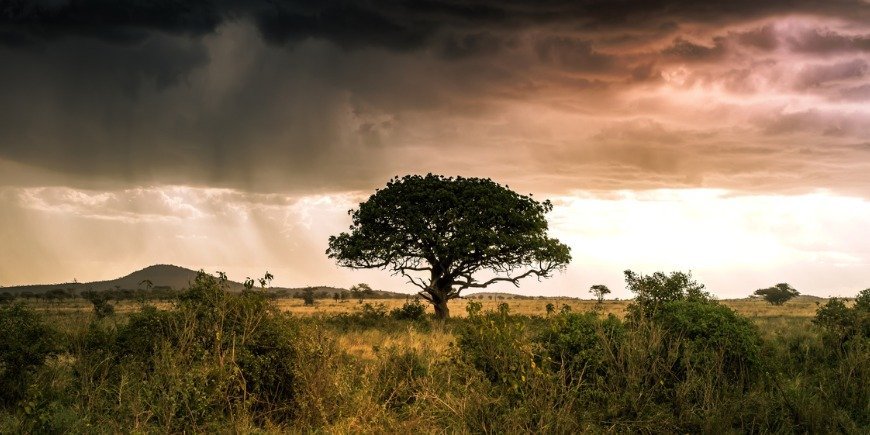
5 advantages of off-season travel
Although most prefer to travel in the high season, for example, because it’s typically the hottest or driest, travelling in the low season does have its advantages.
Here are 5 good reasons to travel in the low season:
- You can escape the crowds. With fewer visitors around, you can explore popular attractions and landmarks with ample space, without feeling overwhelmed or rushed.
- You can take advantage of off-peak prices. As demand decreases, so do flight prices. Tour operators can also offer discounted rates during the off-season, allowing you to stretch your travel budget further or splash out on extra upgrades or optional tours that might have been out of reach during the peak season.
- You can enjoy milder climates. Say goodbye to the scorching heat and embrace comfortable temperatures, ideal for hiking, sightseeing or other outdoor activities.
- You have better photo opportunities. Whether it’s snapping a selfie in front of a famous landmark or capturing the beauty of a serene landscape, you can create picture-perfect memories without the worry of unwanted distractions in the frame.
- You can witness nature’s transformations. Many destinations can be stunning in the off-season, and it can be an experience to see how nature transforms a landscape. Witness the lush green vegetation brought about by increased rainfall, or marvel at the breathtaking colours of autumn foliage.
Where to travel during the off-season?
If you would like to travel in the off-season, the next step is to find out where to travel to.
There are many countries where you can have a great travelling experience outside the peak season. Here we present a guide to some of the destinations where you can easily travel during the low season.
1) Kenya and Tanzania (March – May)

The rainy season has a tarnished reputation; however, April and May are fantastic months to visit both Kenya and Tanzania.
The rain generally falls in short bursts, typically in the afternoon and evening, therefore not affecting your safari during the day. There are also fewer people, giving you a more private safari experience with the animals.
The rainy season in Kenya and Tanzania is a great time to capture dramatic clouds and the breathtaking colours in the sky.
2) Japan (September)
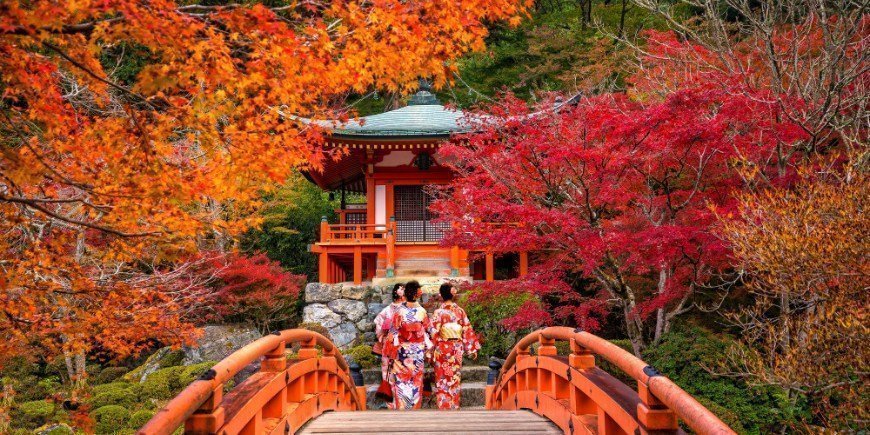
When envisioning a trip to Japan, the breathtaking beauty of cherry blossoms in spring often comes to mind.
However, a tour during autumn can be equally mesmerizing. The countryside transforms into a vibrant tapestry of red, orange, and yellow hues, captivating visitors with its stunning display of autumn foliage (the phenomenon is called Koyo).
While autumn has become a popular time to travel, the good news is that the crowds have not reached the heights of those during Sakura, when the cherry blossoms are in full bloom.
3) Australia (June – August)
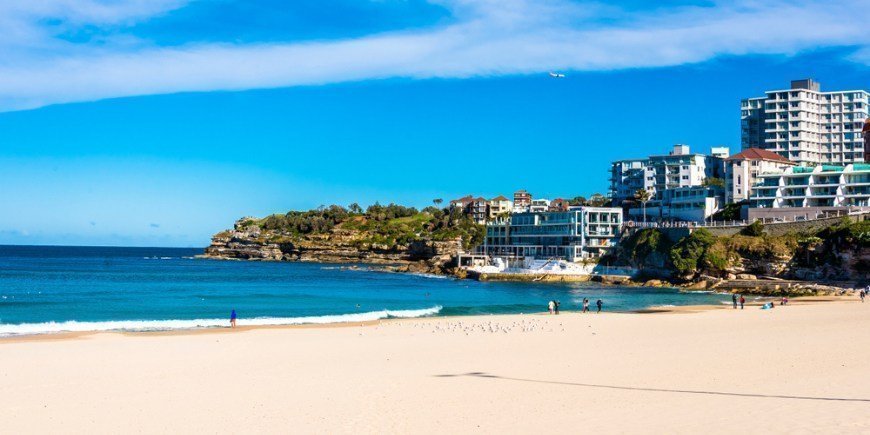
Winter is also the low season in Australia, from June to August. However, the Australian winter is a great time to travel “down under”.
Although the weather is typically cool and cloudy at this time of year, there are many sunny, warm days on Australia’s east coast. In Brisbane, for example, the average temperature is between 11 and 21 degrees, so it’s more comparable to spring weather here in the UK.
This means you can enjoy the beautiful beaches without having to fight for a spot.
4) Bali (October to March)
The low season in Bali is also the rainiest season, from October to March.
This is when there are lower rates and fewer crowds and while it is the rainiest season, you can also experience some sunny days. If you are aiming to explore Bali’s cultural hotspots and temples, then the outbursts of rain are not necessarily a dealbreaker. Imagine strolling through iconic sites at your own pace, fully immersing yourself in the experience without the hustle and bustle.
During March and April, the amount of rainfall tends to drop so if you want to make reap the benefits of an off-season tour but still aim for some good weather, book your tour for then.
5) Brazil and Argentina (September – November)

You can tick two destinations off your list and visit Brazil and northern Argentina during the off-season.
Travelling outside the high season allows you to experience the spirit of Rio de Janeiro in a more intimate and relaxed setting. Discover the true charm of Buenos Aires, as the crowds thin out and you can dive deeper into its rich history and vibrant neighbourhoods. The milder temperatures also make walking around the city much more pleasant.
The off-season allows you to embrace the spirit of Rio de Janeiro in a more intimate and relaxed setting. Discover the true charm of Buenos Aires, as the crowds thin out and you can dive deeper into its rich history and vibrant neighbourhoods. Not to mention the milder temperatures making a day of walking around a city a lot more pleasant.
6) Costa Rica (September – October)
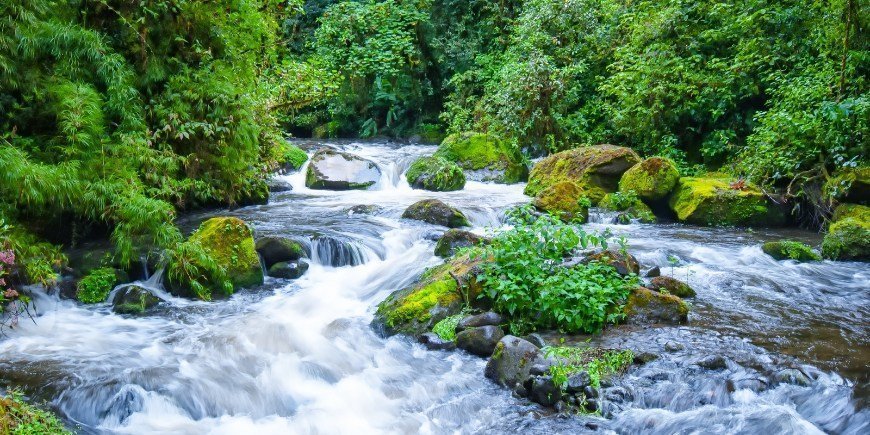
Despite September and October being among the wettest months, there is an undeniable magic to the rainy season in Costa Rica.
The showers breathe new life into the rainforest, transforming it into a lush green oasis. The rivers and waterfalls swell and are at their fullest, enhancing the thrill of adventure, for white water rafting. Also, if witnessing turtles is on your bucket list, during May to November, a true spectacle unfolds as green turtles gather along the beaches of Tortuguero National Park for their nesting season.
7) Vietnam (April – June, September – October)
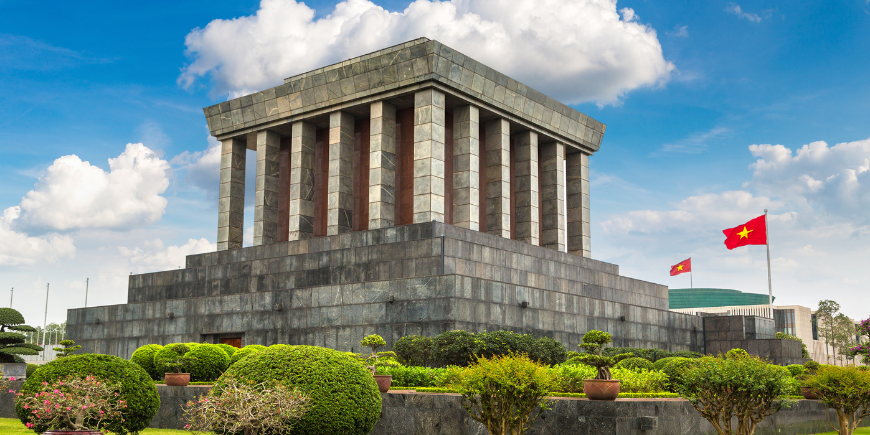
The off-seasons in Vietnam fall from April to June and from September to October.
During these periods, you can experience beautiful sunny days, but also rain showers. If you can bear a bit of rain, then avoid the peak tourist influx and visit Vietnam during the shoulder seasons.
You can dodge the rain showers in fascinating museums, cosy coffee shops and boutiques in large cosmopolitan cities like Hanoi, and Ho Chi Minh City.
TourCompass – From tourist to traveller
